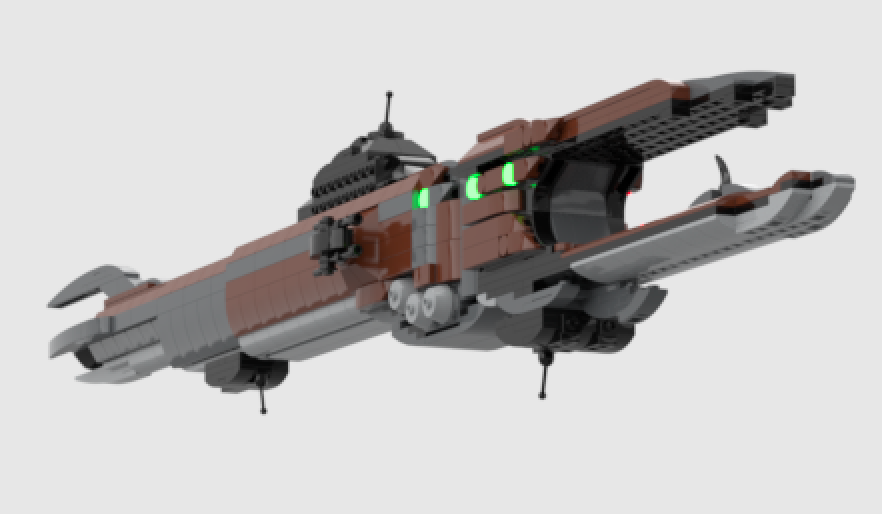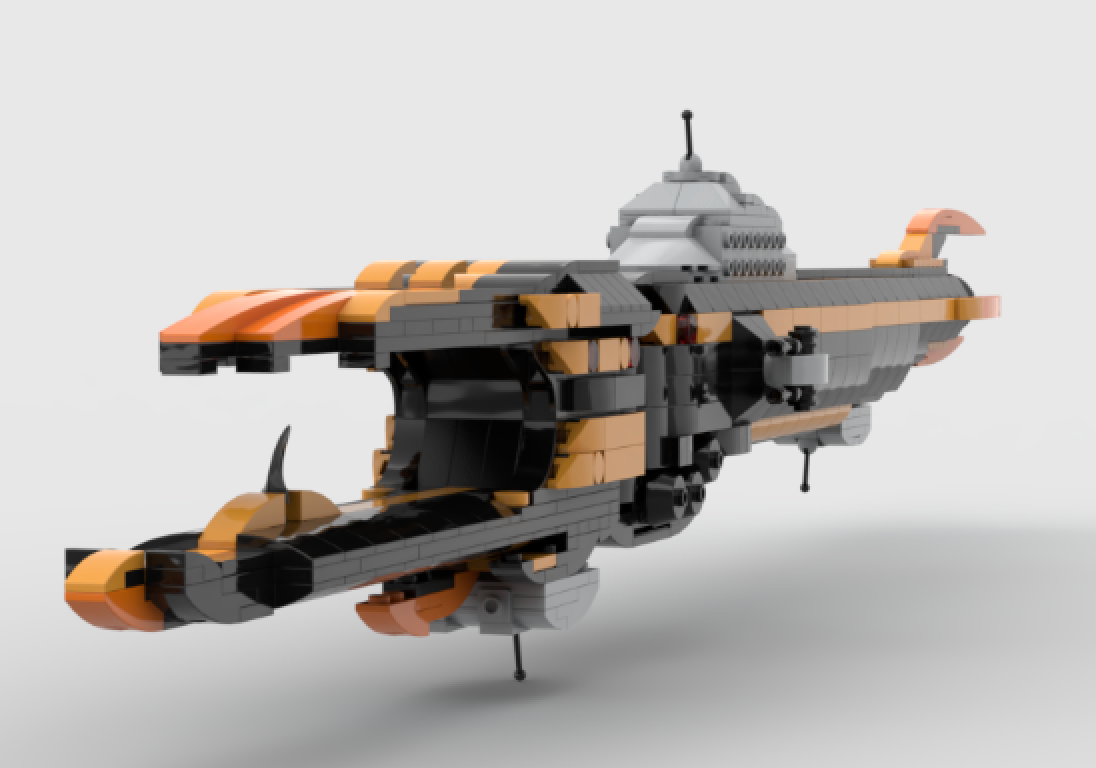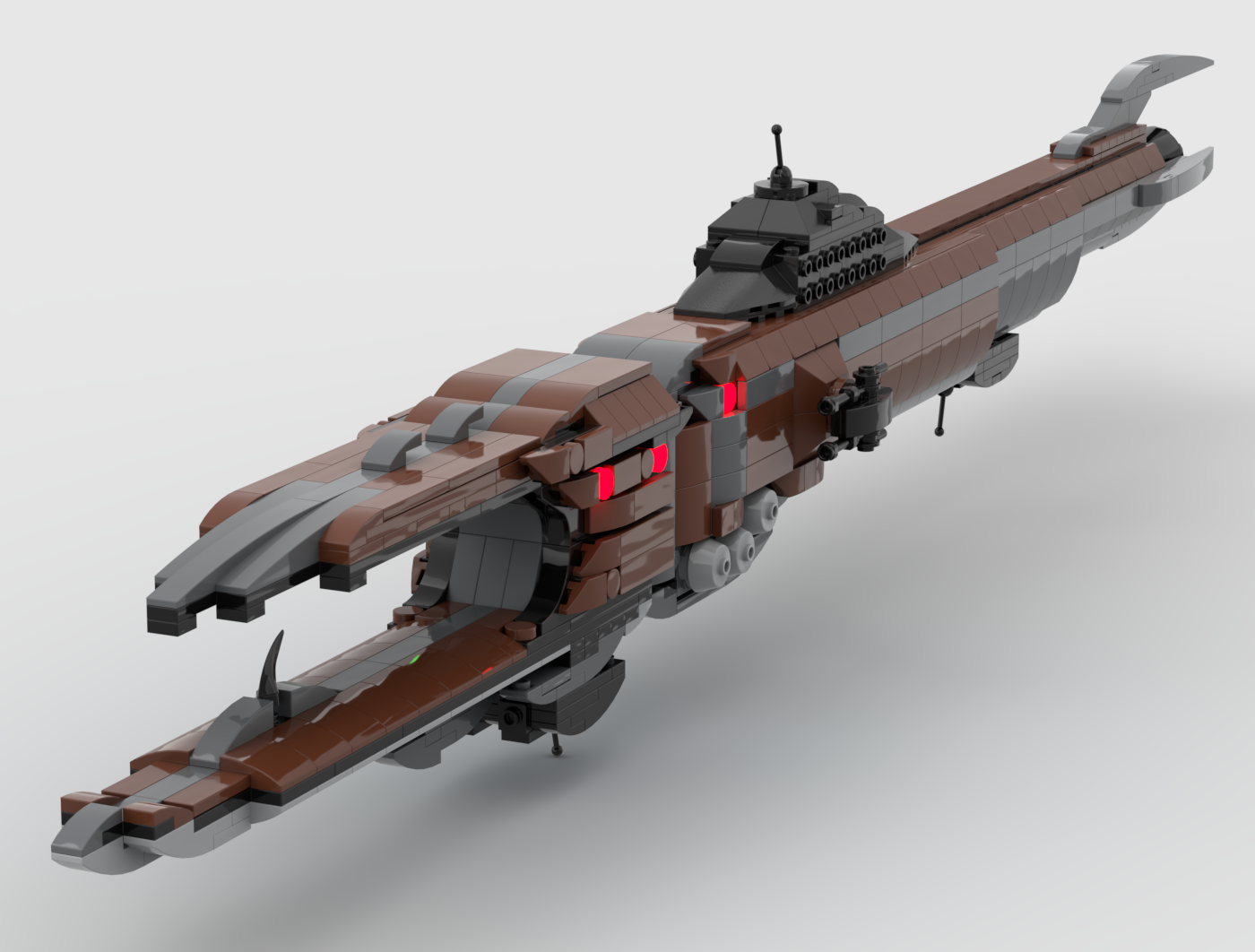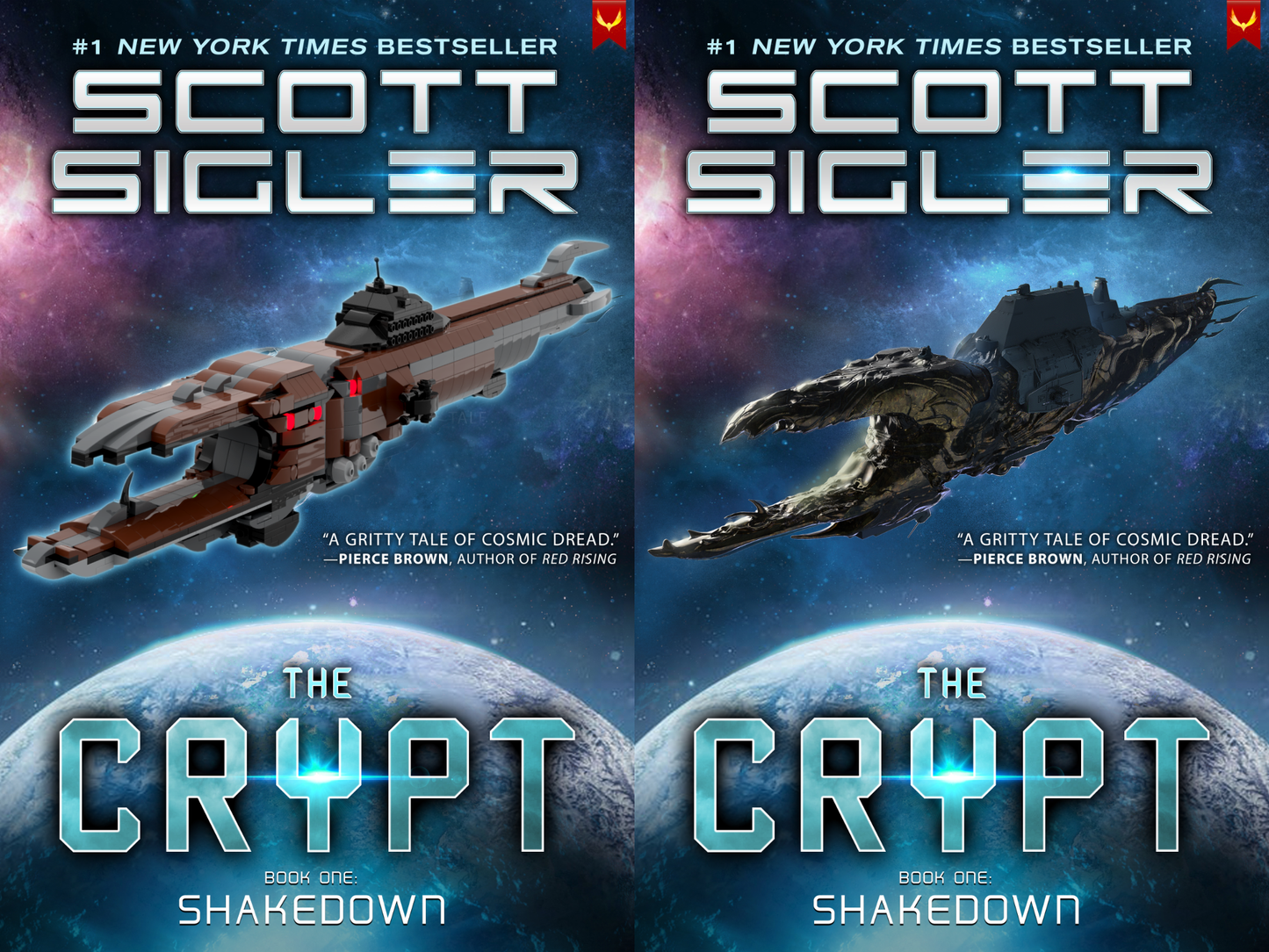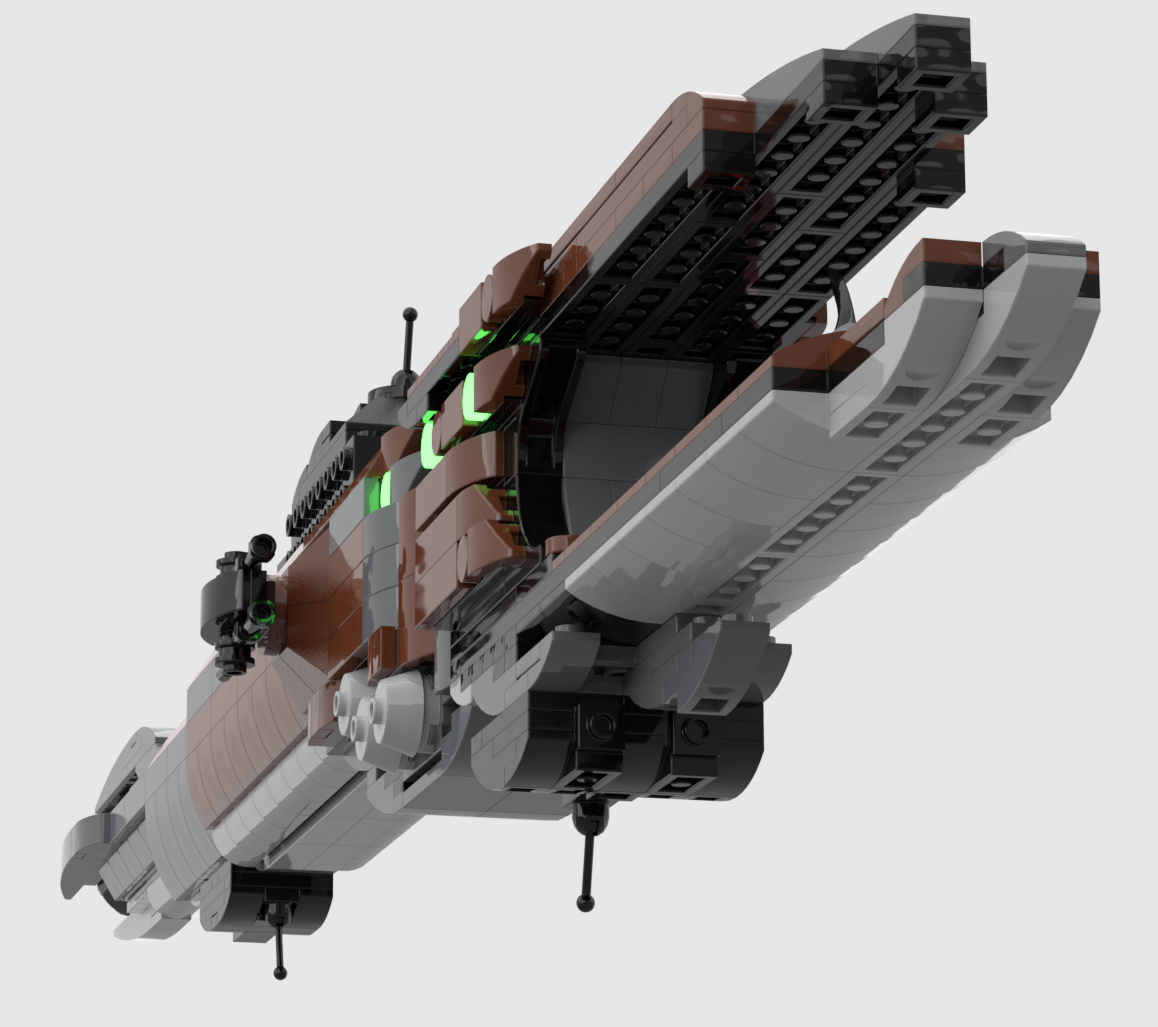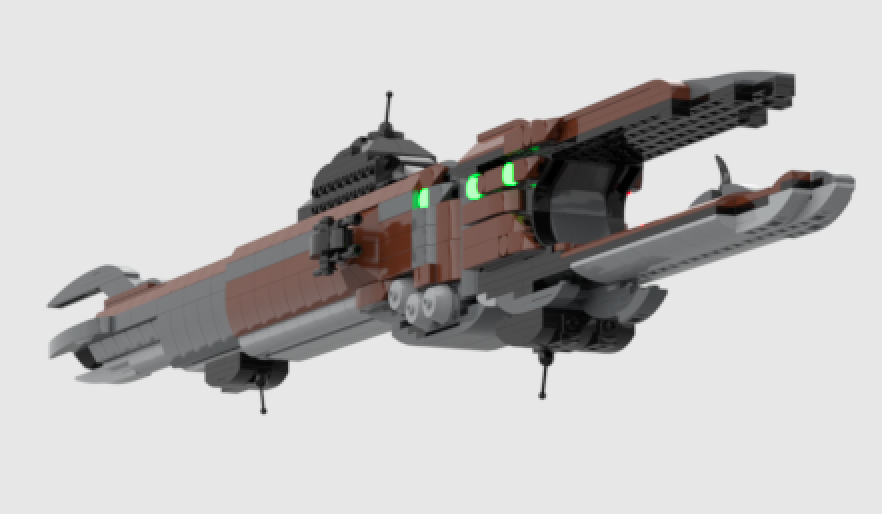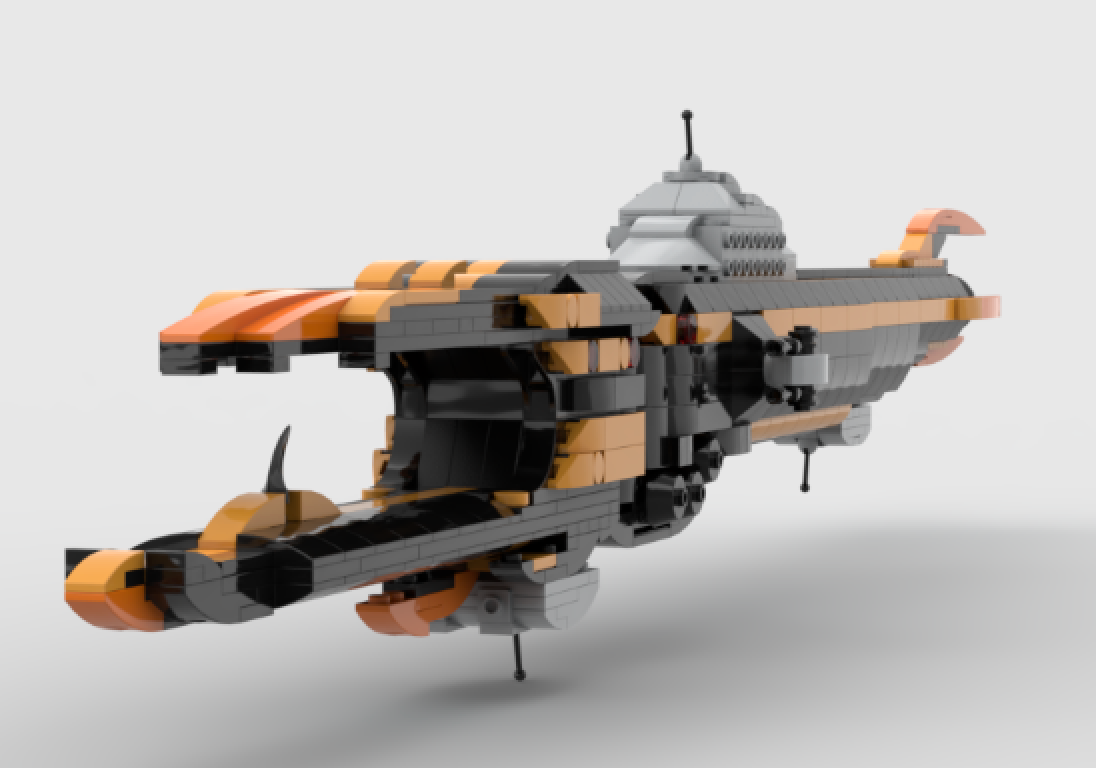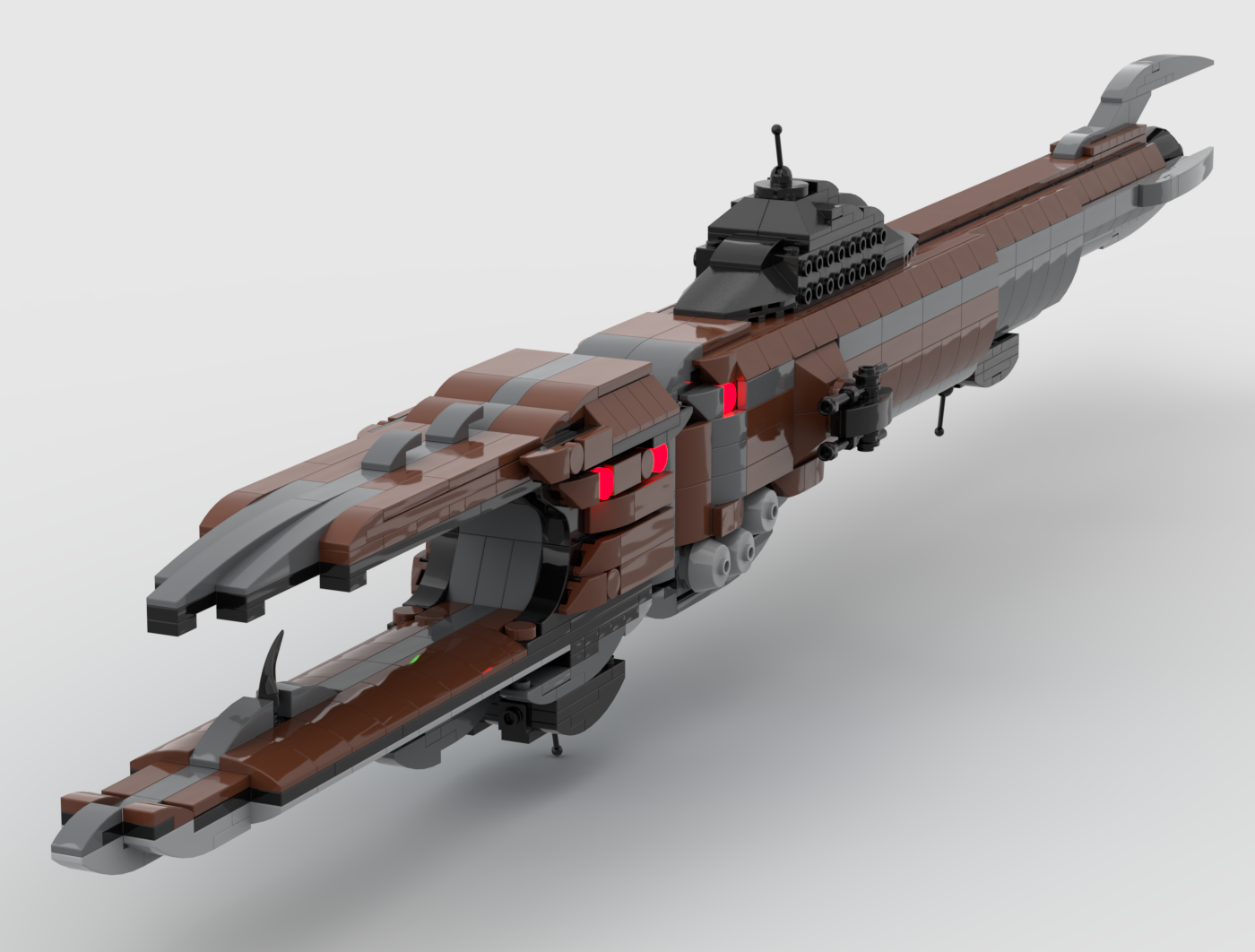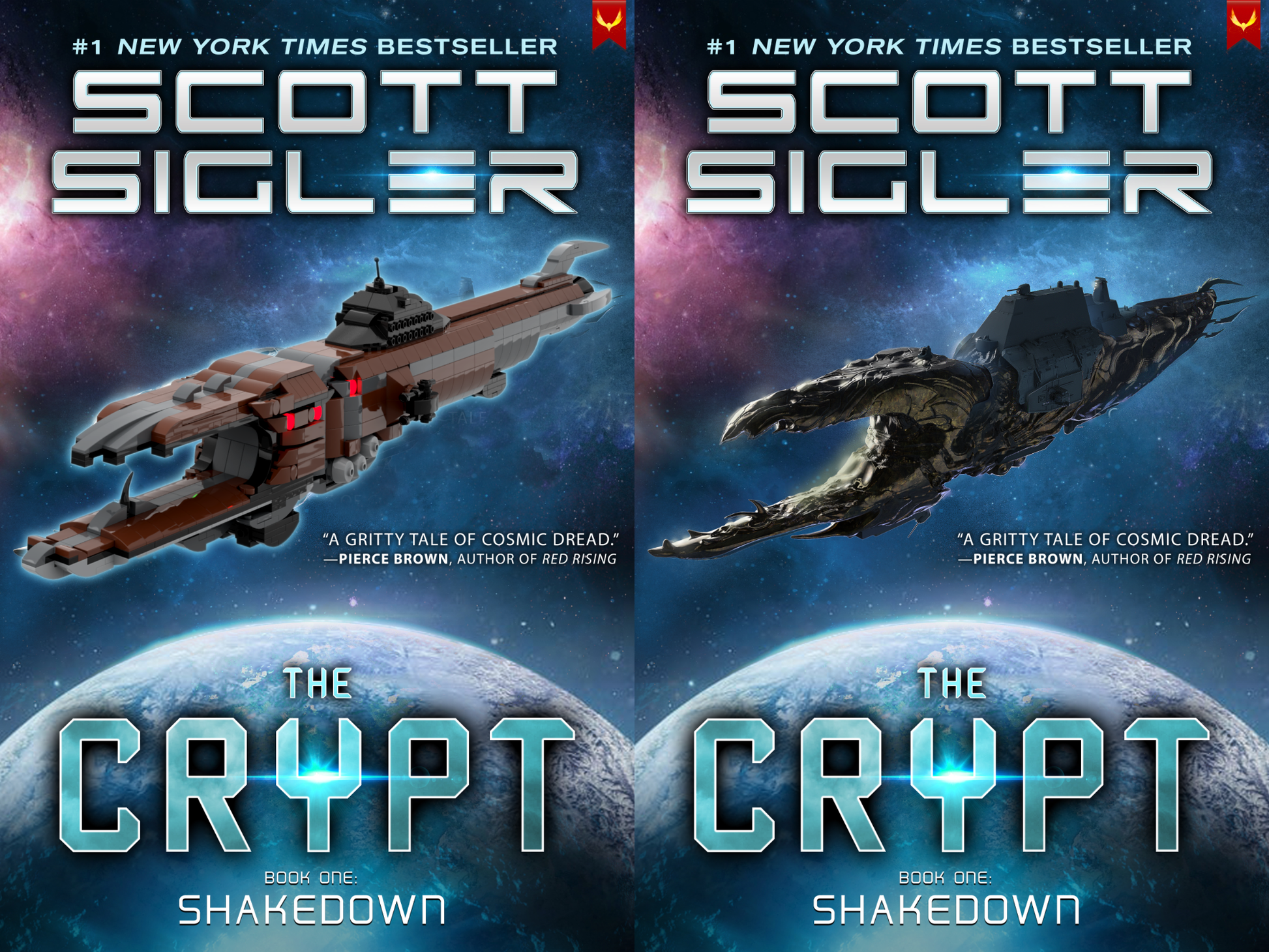PUV James Keeling Lego plans
PUV James Keeling Lego plans
Available at:
Couldn't load pickup availability
Junkie Chris Grall created this absolute Lego masterpiece, and then doubled down to make the plans and parts list so all could have a shot at the helm of the Planetary Union's greatest secret. You'll be traversing "the Mud" in no time.*
The parts list, plans, and instructions for this model are free! Add it to your cart. When you check out, it will download two .io files, which you can open in the Lego Studio app, which is also free.
One file is for the "standard" coloration of the Keeling, the other is for the "Ionath Krakens" coloration variant. A third file is for a stand you can rest this LEGO behemoth upon.
If you'd like to donate some bucks directly to Chris for creating this awesome model (via his Venmo link).
WE DO NOT PROVIDE SUPPORT OR TUTORIALS FOR THIS MODEL
You will need to know how to use Lego Studio to order parts and follow the step-by-step instructions.
* EmptySet Entertainment is in no way liable for hallucinations or psychotic behavior brought on by any transdim dives you make with your own Keeling.
PUV JAMES KEELING INFO
KEELING EXCERPT FROM SHAKEDOWN: BOOK I OF THE CRYPT:
From the barbed tail section to the tip of the hideous bow—a bow he could not force himself to focus on, not yet—the ship looked to be about 110 meters long, roughly the length of an American football field if measured from the back of one end zone to the back of the other. Ishlangu was longer by a third.
Topside amidships was a superstructure that looked familiar enough—battleship-gray, roughly ten meters high, a two-deck ziggurat layout composed of the hard edges, acute angles, and flat planes common among all Union warships. A 20-millimeter point-defense gun angled up from the top deck. EDP trenches ran along the lower deck’s port and starboard sides.
The hull that superstructure sat on, though, was anything but familiar.
More scrimshaw axe handle than smooth surface, the metallic hull was some twenty meters deep with a beam of perhaps ten meters. The mottled green-black material reminded Trav of a battered, tarnished, centuries-old coin his grandmother had in her many collections of antique things. A penny, she’d called it. The hull’s curving plates and pieces melded together with a fluid precision that conjured images of abstract art rather than military might—a molten metal Rorschach sculpture, its texture random and chaotic. Not a hard angle in sight. Irregular whorls, curves, and gnarled patterns covered the surface. In some spots, though, laid out like fresh scars, sunlight gleamed from streaks and patches of bright, smooth copper.
The ziggurat’s port and starboard sides continued down the hull like the fenders of a horse saddle. On each “fender” was a stubby barbette topped by a heavily armored Type24 127- millimeter, 54-caliber gun. The batteries had the lop-sided teeter-totter design of all warship artillery, with eight-meters of barrel pointing forward from the front of the armored gunhouse where the gun crew operated, and another two meters of counter-barrel pointing out the back.
A torpedo room, also gray, hung bottomside, forward of amidships. A smaller version of the same was bottomside, well aft of amidships. A 20-millimeter point-defense turret topped each unit.
The aft section—he refused to think of it as a “tail,” even though that’s what it looked like—was a bit less than a third of the ship’s total length. The thicker amidships section took up little more than a third. The final third? Trav could avoid it no longer. Skin crawling, sweat beading, he took in the bow.
What psychotic engineer had designed such an atrocity?
Some twenty meters of gnarled, tarnished hull extended beyond the ziggurat’s front edge. From there, the top and bottom of the bow continued on like the prongs of a massive tuning fork. The top prong, perhaps five meters thick, stretched out another twenty-five meters, its underside an organic-looking mishmash of long curves and stubby protrusions. The slightly thicker bottom prong was ten-odd meters longer than the top. Multiple, curving points extended up from the bottom prong, like abstract sculptures designed in a violent, drug-fueled stupor.
